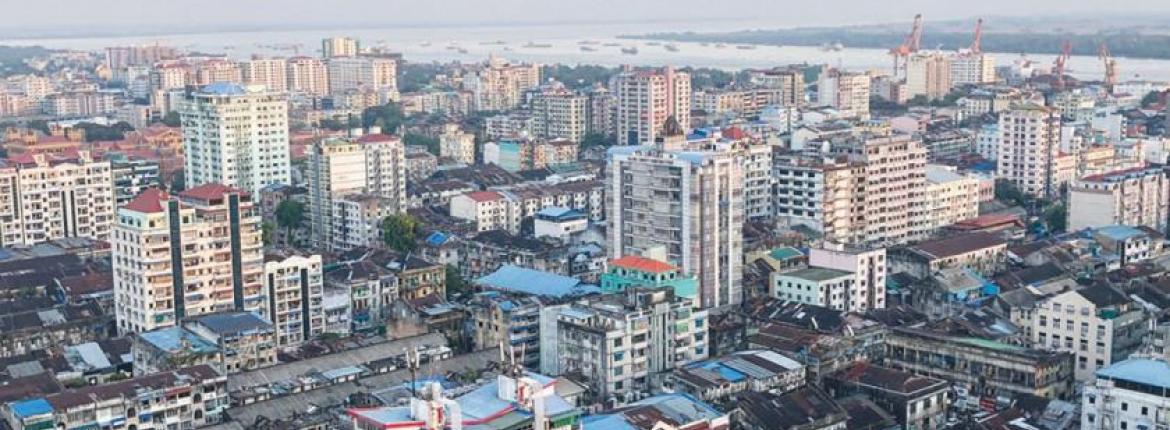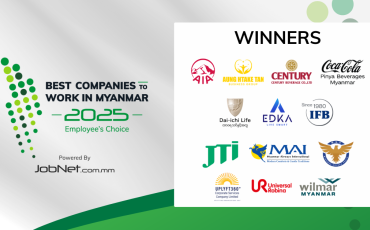
While the economic outlook for Myanmar is looking “favourable,” with growth projected to rise to 6.8 percent in 2018-19 from 6.4 pc before, the risks to those prospects have “intensified,” according to the World Bank’s Myanmar Economic Monitor (MEM).
While the economic outlook for Myanmar is looking “favorable,” with growth projected to rise to 6.8 percent in 2018-19 from 6.4pc before, the risks to those prospects have “intensified,” according to the World Bank’s Myanmar Economic Monitor (MEM), which was released in Yangon yesterday.
Lower tourism arrivals resulting from the ongoing Rakhine crisis could weaken tourism spending and demand for related services such as hospitality and transport, feeding into a broader slow down in the economy, for one.
Meanwhile, investor concerns about the reputational risk of operating in Myanmar as well as perceptions of a weakening in the pace of economic reforms could lead to declines in foreign direct investments. (FDI). This would come at a time when the funds are needed to stem a further widening of the current account deficit.
Fewer investments could also result in a slowdown in manufacturing and agriculture, the two sectors which drove a faster pace of growth in the previous fiscal year.
Policy priorities
However, a significant slowdown in growth is unlikely if the policies and government tools installed are deployed wisely. Among the policies in place is the upcoming Myanmar Sustainable Development Plan (MSDP), a draft of which is now being reviewed by the government.
The MSDP aims to translate the government’s 12-point economic plan and sector plans into “a clear set of policy priorities and has been welcomed as a significant step forward,” according to the MEM.
“The MSDP, which lays out a comprehensive and prioritised policy reform agenda, holds the promise of offering the much-needed unifying and coherent roadmap for reforms for the country,” the report said.
The other priority for Myanmar is to break out of the cycle of low revenue and low public spending. At 15pc of GDP, Myanmar has among the lowest tax collection as a share of GDP in the world.
Myanmar also spends less as a share of the budget on capital projects and on critical priorities such as education and health than other lower middle-income countries.
“In the last three years, budget execution rates have been 92 pc on average and have never risen above 94pc,” the MEM reported.
To break the vicious fiscal cycle of poor tax collection and public spending, the government has options such as reallocating capital spending from less important to priority areas like energy and transport as well as education and health.
The government is also working on reducing its reliance on central bank financing to the more sustainable option of issuing sovereign debt, or borrowing from institutional investors. Since last year in fact, the Central Bank of Myanmar has already wound down its financing of the fiscal deficit, which is also one reason why inflation has tapered to its current level of 5.5pc compared to 7pc the year before, according to the World Bank.
Positive prospects
On the whole though, the prospects are positive. Myanmar is expected to continue building on its new Investment Law and Company Law to enable foreign participation in key sectors such as banking and insurance.
Currently, Myanmar has one of the highest levels of restrictions for FDI on insurance and banking, so further liberalisation “can potentially generate new momentum for driving private sector investment,” the report said.
Meanwhile, global conditions also appear to be supportive of domestic growth. Global growth rose to 3.1pc in 2017 from a post-global financial crisis low of 2.6pc in 2016. So far, emerging economies like Myanmar have gained from higher demand in developed economies.
Supported by faster growth rates for output and new orders, the Nikkei Myanmar Manufacturing Purchasing Managers’ Index, or PMI, rose to 55.5 in April from 53.7 in March, implying a strong level of expansion in Myanmar’s manufacturing sectors.
Higher global demand, if it continues, will also bode well for the Myanmar agriculture sector. Last year, demand for locally-produced rice and other crops helped to accelerate the country’s GDP.



